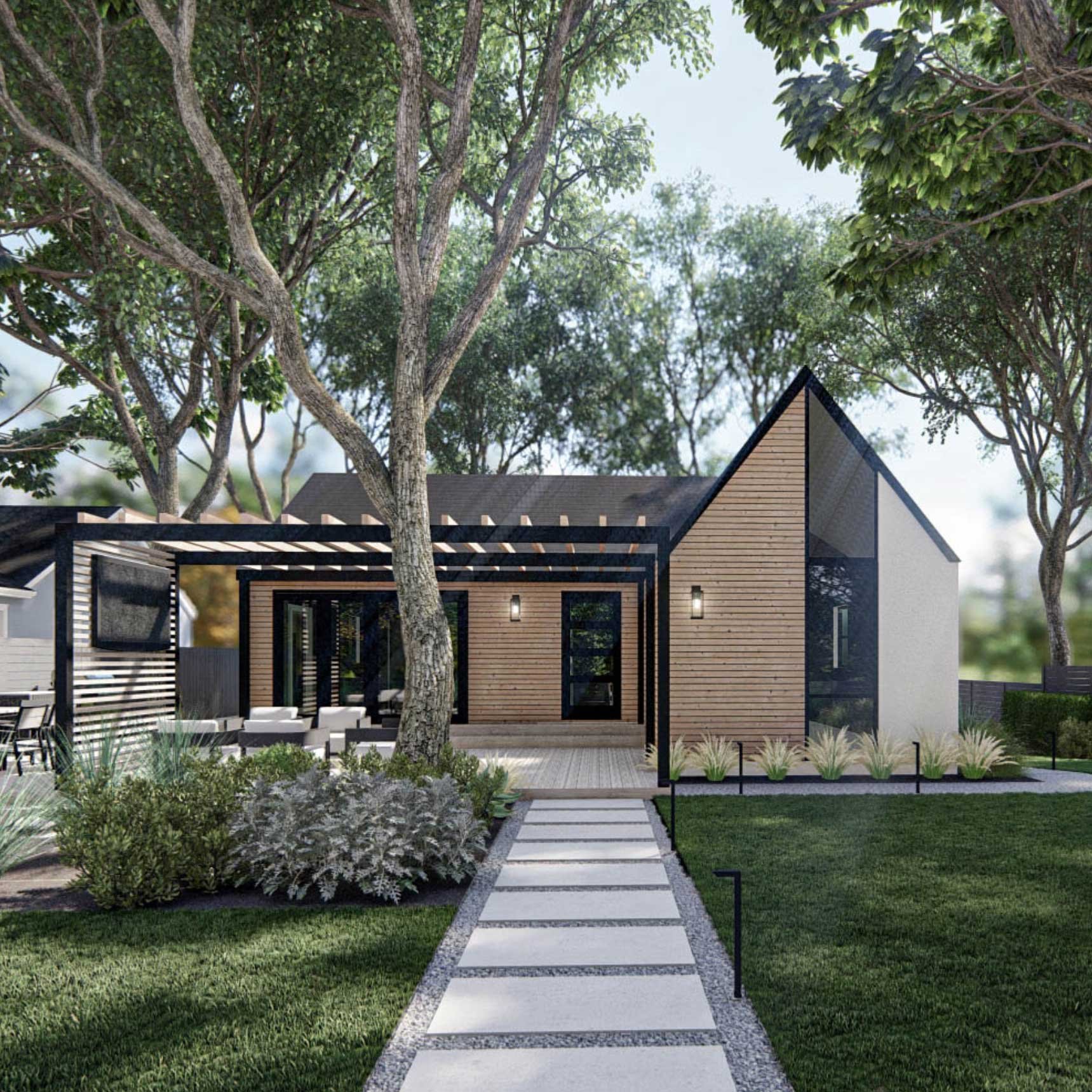Some Known Facts About Landscapers.
Some Known Facts About Landscapers.
Blog Article
About Landscapers
Table of ContentsThe Facts About Landscapers RevealedThe Of LandscapersHow Landscapers can Save You Time, Stress, and Money.Examine This Report on LandscapersLandscapers for DummiesSome Known Details About Landscapers
- A garden feature where water is stood for by an aggregate stone product, usually a crushed rock or granite.- A stone or flagstone outdoor patio, path, or pathway constructed without a concrete base.- A stone keeping or free standing wall built without the usage of mortar. An extremely knowledgeable mason is required for a dry pile rock wall. A lot of walls in Portland are not completely dry stacked, even if they appear to be. - A below ground structure that collect water and allows it to reduce percolate right into the dirt around it.
Landscape design that is suitable with a sites' environment in both appearance and sustainability without unfavorable influences to the atmosphere. Edging in the landscape is a line of demarcation that develops visual passion in the yard by separating one section from another segment.
Areas can likewise have a sensation of "unit" provided by trees, various other plantings, fencings, or displays. The landscape near the entrance to a building. A tree, hedge or vine, educated to expand on a wall surface or fence into a certain pattern. Specifically helpful for fruit trees, making it simple to collect the fruit and including mess.
Unknown Facts About Landscapers

The aspect in a landscape style or location in a landscape that is suggested to be most noticeable. The centerpiece can be a plant, boulder, sculpture, collecting room, or various other landscape attribute. A style of gardens or yard components that worry straight lines, appropriate angles and circles. Bushes or hedges situated in beds near the structure of a home or other structure.

A Biased View of Landscapers
Reduced plants that are enabled or motivated to spread out over an area. Can refer to any kind of "hard" garden components including statuary or rocks however many typically is used to refer to paths, outdoor patios, and walls - Landscapers.: Height difference between the level of water in a pond (or the level of the pump if it sits outside the fish pond) and the upper outlet of water which influences efficiency of the water pump in gph (gallons per hour).
A chemical used to regulate weeds. Fence boards that run horizontally, commonly utilized in modern or Japanese-inspired landscape styles. Lines that specify areas within a landscape concept. These frequently prolong from corners or essential functions of an existing framework. Proper use of imaginary lines can aid the landscape feel linked to the home and various other components.
Conventional PNW landscapes are casual. A plant that spreads even more than desired, or right into click for more info habitats where it does damages.
Rumored Buzz on Landscapers
Can consist of head positionings and protection, pipeline sizing, GPM specs, and materials required to install this system. Licensed expert that develops landscapes, coached in design and style as well as in cultivation.
The professional that intends and develops landscape projects, normally at a property or small commercial level with the major design inspiration on growings. Landscape developers normally have much less schooling than Landscape Architects and are navigate here not licensed. A finished landscape layout, detailing all components for the brand-new landscape. This generally takes the form of a drawing on paper.
Utilizing many growings of the same range to fill in a location in the landscape. This can decrease maintenance and water usage in the garden.
A mix of cement, sand, and water that is utilized in stone masonry for establishing rocks and joints. A layer of garden compost or bark dirt used at the base of a plant. A mass growing of moss. A plant that was existing in a geographical area before people started transforming the landscape.
Landscapers Fundamentals Explained
How the garden or a yard element is set up in partnership to an existing or new attribute or to a direction. Maintaining a grass without the usage of chemical herbicides, pesticides, or fertilizers. Grasses that are not mowed yet grown in landscapes as perennials. This is a partly open sided relaxation or entertainment location that joins a dwelling, made use of for enjoyable, outside eating and just delighting in the outside setting.

Plants that give seasonal interest and then die back in the winter months. Cold season lawn that is the most common lawn lawn in Portland, OR and the rest of the PNW.An open roofed structure over a patio area or various other landscape feature.
Lava aggregate ranging in dimension from 1/4" to dirt. One of the most usual landscape gravel in the PNW. Area of the landscape created to take view care of rain water till it can soak into the ground. A chain that controls water as it travels from a roof rain gutter to the ground. Yard framework that creates a growing area that is contained and more than the bordering grade.
Framework made of timber, concrete, paving stones, blocks or other products for supporting inclines and avoiding too much disintegration. Slim gutter. Developing a garden function being composed largely of rocks with growings that match and can grow in the rough setting. Lawn sprinkler head style that turns a stream of water throughout an area.
Getting My Landscapers To Work

Report this page